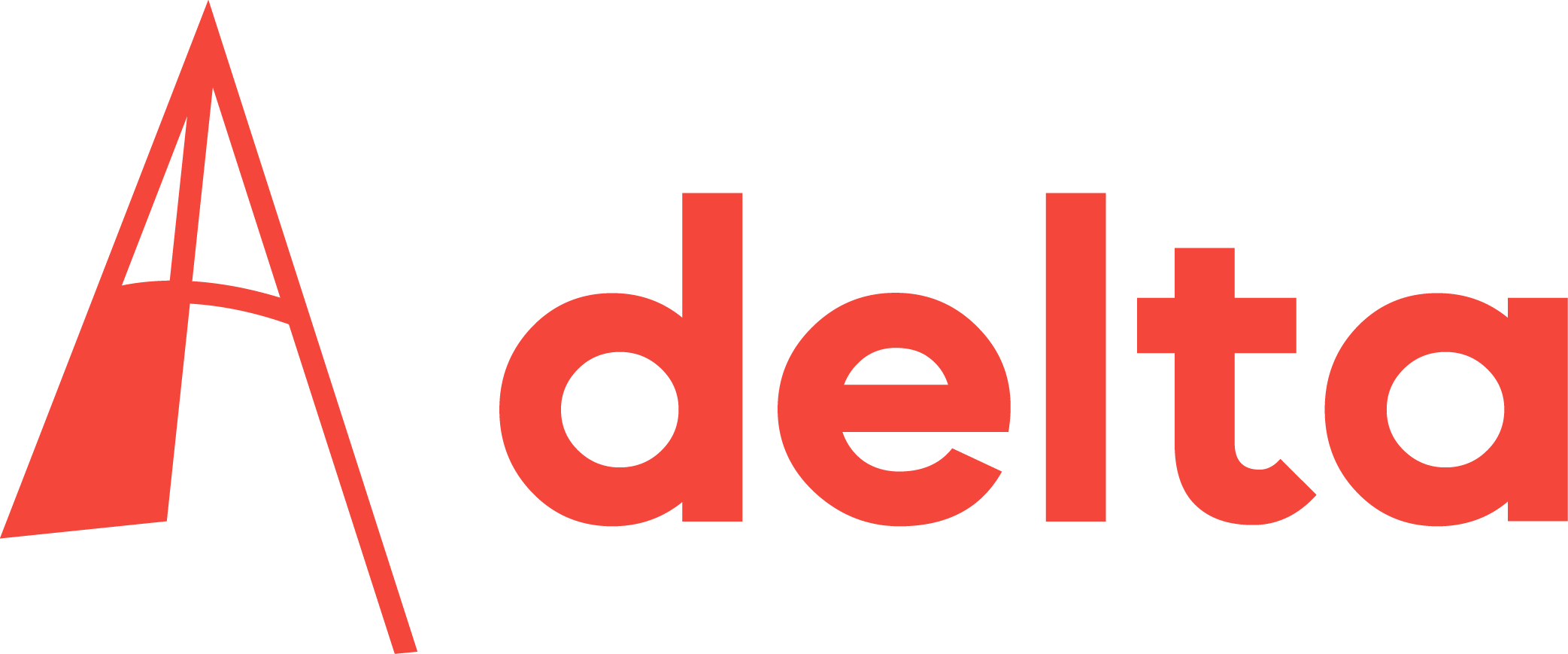Tim Zaman did it again. He launched a helium balloon and made photos at the edge of space. But this time, he beamed the images back to base.
When MSc biorobotics student, Tim Zaman, launched a helium balloon last year, and brought back spectacular images of the IJsselmeer and the near-black edge of space at from 30 kilometres high, many enjoyed his adventurous enterprise. The payload had continuously transmitted its gps-position, which enabled Tim and his friends to track the balloon and retrieve the black box from the IJsselmeer, in which it had dropped. Only then could he inspect the photos.
TEDxDelft organiser Rob Speekenbrink contacted Zaman for a lecture at TEDxDelft on 7 November, suggesting that Zaman should show live images from the balloon during his talk.
Zaman took the challenge and totally rebuilt his flying robot, using specially designed printboards from China. The middle print, containing the ARM-processor (known from the iPad), is fed 5 Volts from the bottom print, while the top print contains a gps-receiver and gsm module. On board there is a webcam and a tiny radio transmitter. With only 10 mW power, the transmitter doesn’t require authorisation to operate.
Meanwhile, the extremely low power output (about 1 percent of a cellphone) does limit the data transmission to 1.200 bits per second maximum. “In two hours, we sent 119 photos, which equals 6 million bits or about 0.8 megabyte,” Zaman says. He clearly enjoys getting the best from his simple equipment.
To reach that point, Zaman had to build in lots of ingenious tricks. For transmitting the images, for example, he used an error detection and correction code (known as the Reed-Salomon code), which uses extra information to correct up to 7 percent of the lost data. Moreover, the computer automatically selects the best shots for transmission from the hundreds of images made. “You don’t just want clouds or sky,” Zaman explains.
Some two hours before his lecture, Zaman will release his balloon, so that it will have risen above the November clouds by the time the balloonist student takes the podium.
TEDxDelft: belletjes in je brein
www.hollandshoogte.nl
www.tedxdelft.nl
Als noodoplossing zijn er pal voor de borden twee grote uitrolbare schermen aan het plafond bevestigd. Met een druk op de knop laat Van der Meijs de schermen naar beneden zakken. “Het smartboard werkt dan echter nog steeds niet en als docent sta je te veel onder het scherm om er iets op te kunnen aanwijzen.”
Bovendien, zo zegt Van der Meijs, wordt zijn laptop niet door het systeem geaccepteerd. Hij kan nu niet zijn presentatie projecteren en interactief doceren. Van der Leij noemt dat ‘restpunten’. “Laten we het nu eerst oplossen naar hoe het was bedacht.”



Comments are closed.